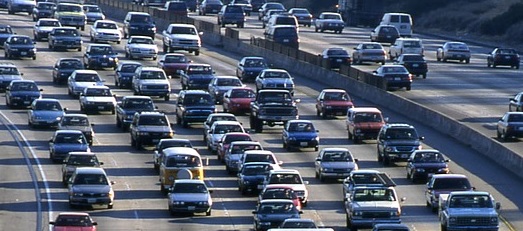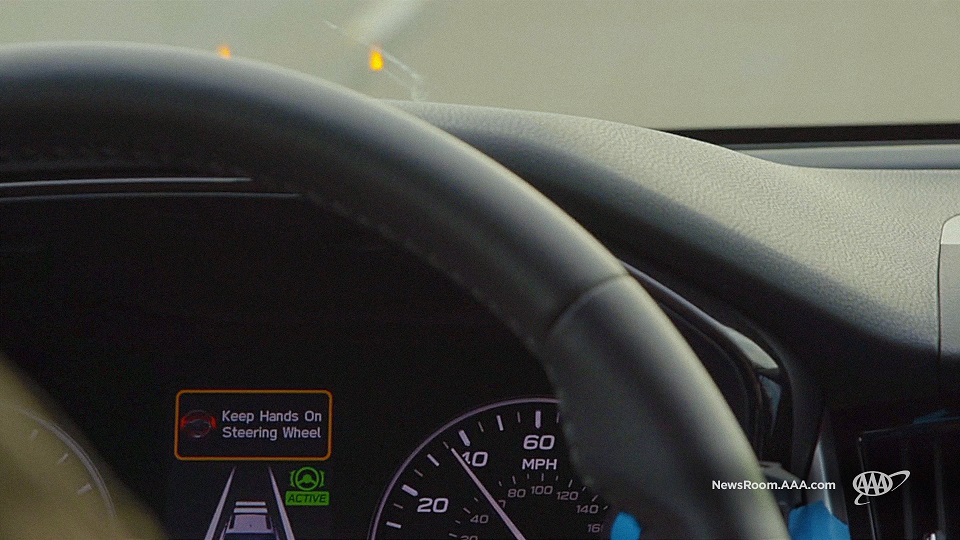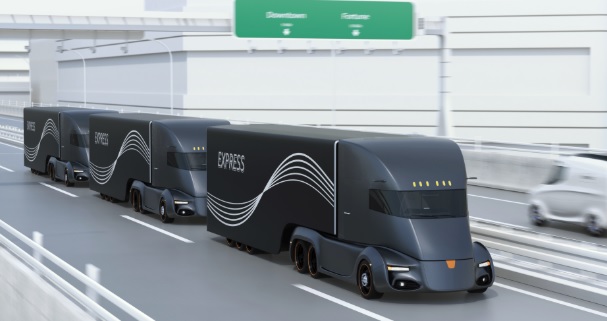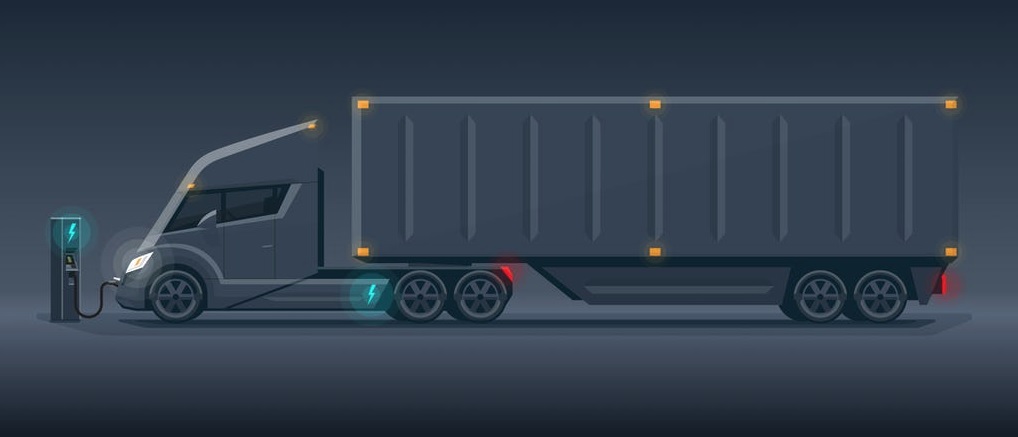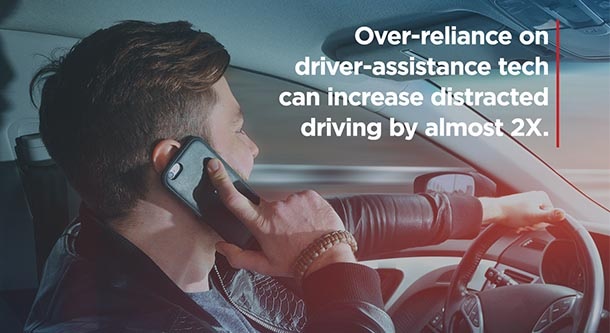Features
From near-instantaneous traffic updates to alerts when another vehicle stops short or violates a red light, new and proliferating wireless sources of real-time information have begun to revolutionize the driving experience and represent the building blocks of a safer and better transportation environment ...
Singapore, London, Stockholm, Hong Kong, and Amsterdam are the top ranked cities in the 2020 Urban Mobility Readiness Index compiled by the Oliver Wyman Forum. They earned these ratings because of infrastructure, innovation, and focus on preparedness ...
Motorists using active driving assistance systems, which combine vehicle acceleration with braking and steering, tend to overlook safety limitations when the branding and marketing used to sell it suggest an "automated" driving experience, according to new research from the AAA Foundation for Traffic Safety ...
On average, Americans lost 99 hours a year due to congestion, costing them nearly $88 billion in 2019, an average of $1,377 per year, according to the 2019 Global Traffic Scorecard developed by INRIX ...
AAA automotive researchers found that over the course of 4,000 miles of real-world driving, vehicles equipped with active driving assistance systems experienced some type of issue every 8 miles, on average. Researchers noted instances of trouble with the systems keeping the vehicles tested in their lane and coming too close to other vehicles or guardrails ...
New automated vehicle technology will help freight truck companies transport consumer goods in a more fuel-efficient way, reducing transportation costs and emissions and boosting highway safety thanks to always-on automatic emergency braking. But these gains can only happen if states update old laws against following too closely, according to a new report from the Competitive Enterprise Institute (CEI) ...
Despite substantial recent progress by the industry, fully automated driving systems that have no safety driver onboard will take at least a decade to deploy over large areas, even in regions with favorable weather and infrastructure, according to a new research brief from the MIT Task Force on the Work of the Future ...
The development of autonomous vehicles (AVs) could make the urban environment greener and more livable and help support sustainable transportation systems, but how the technology plays out will depend on the characteristics of each city and its mobility ecosystem, according to a new report, Can Self-Driving Cars Stop the Urban Mobility Meltdown? ...
The automotive industry is experiencing a difficult time due to the Coronavirus, with severe shocks both to the supply and demand. Nonetheless, the industry will need to retain its focus on key transformation trends such as autonomy, according to the IDTechEx report Mobile Robots, Autonomous Vehicles, and Drones in Logistics, Warehousing, and Delivery 2020-2040 ...
Drivers with experience using advanced driver assistance systems (ADAS) like adaptive cruise control and lane-keeping assist, were nearly twice as likely to engage in distracted driving while using the systems compared to when they were driving without the systems, according to research from the AAA Foundation for Traffic Safety ...





